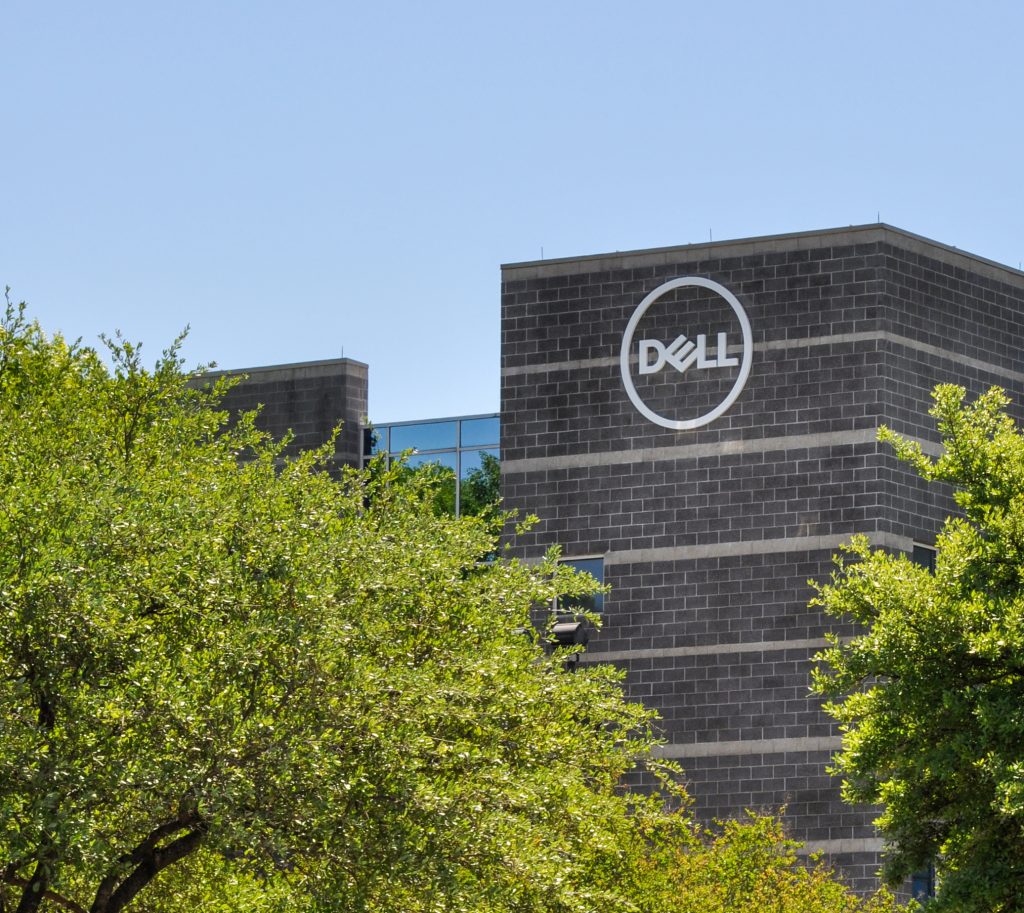Monday 28th February sees the start of what used to be Europe’s biggest technology show, Mobile World Congress Barcelona. Not as many will turn up as in the pre-pandemic days, but it will be an opportunity to track the progress of a key future mobile technology, Open RAN. Here, business technology journalist, Antony Savvas outlines what we know so far.
Open RAN allows communications service providers (CSPs) to use their favourite bits of hardware and software when building their mobile networks, instead of relying on the complete packaged hardware and software solutions offered by only a small group of providers, such as the likes of Nokia, Ericsson and Huawei.
Virtualisation
Open RAN includes virtualising and “disaggregating” the baseband unit (BBU) functions, separating the control plane from the data plane and opening up front-haul interfaces. Virtualising the RAN means decoupling the radio software from the underlying hardware by running it on a virtualisation layer. Virtualised BBUs can run as software on generic, industry standard hardware, instead of specialist hardware.

The BBU is split into multiple virtual functions, giving CSPs more flexibility in terms of where they logically place their workloads in response to their operational needs. This “disaggregation” promises to deliver cheaper and more scalable network and service roll-outs, and should allow larger numbers of CSPs to enter the market. But after being talked about for a number of years, the number of Open RAN deployments is still small.
MWC Barcelona will show that this situation is about to change, with vendors expected to launch a number of new Open RAN systems, and a number of operators set to outline wider deployment plans.
Companies ranging from the likes of Dell Technologies and Robin.io to VMware are promoting new technologies and partnerships as they continue to get behind Open RAN, and analysts have made more positive market predictions for the technology recently.
Warning
While one analyst, Rethink Technology Research, has just warned that Open RAN still faces big challenges to succeed, others have spelt out what it is potentially worth as a market, and the figures are significant.

Rethink says, “Very high hopes rest on Open RAN, including a broader mobile network ecosystem and a simplified route to virtualised networks. However, while these goals are attracting innovation and investment, a new platform inevitably faces many challenges. 2022 is the crucial year in which Open RAN will need to prove itself, and demonstrate that it will be able to address operators’ full 5G requirements at scale by the middle of the decade.”
Rethink confirms there is no single approach to Open RAN, and says the speed and scale of adoption will vary according to each operator’s circumstances. In particular, it says, the pattern will be affected by the operator’s roadmap to introduce 5G Standalone (SA). 5G SA is a completely new and superior mobile network with its own 5G core, and which doesn’t rely on elements of 4G.
“It is clear that, while Open RAN certainly has the potential to disrupt the supply chain and enable new flexible 5G platforms, at-scale roll-out will be cautious in many cases, says Rethink. “Even in 2026, 29% of new 5G macrocells deployed will still be closed, and of those supporting open interfaces, almost half will still be single-vendor networks.”
TIM and Vodafone

That said, big operators have already started to roll out Open RAN networks. Both TIM Group and Vodafone are using VMware technology for their Open RAN and RIC infrastructure initiatives. A RIC (RAN intelligent controller) is responsible for the control and management functions of the disaggregated open RAN, including the management and development of service apps. Vodafone became the first CSP in Europe to launch a live 5G SA network, using VMware solutions to automate and orchestrate new 5G applications across multiple countries.
With such deals, maybe it’s no surprise that Open RAN is expected to represent more than 10% of the overall RAN market by 2025, according to analyst house Dell’Oro Group. And analyst Omdia says Open RAN revenues will reach $3.2 billion (€2.8 billion) by 2024, with Appledore Research pitching in that “over the next 10-15 years, all RANs will become Open RANs”.
Hyperscalers should pay fair share
While the great and the good from the telecoms world will be telling us how they plan to widen the roll out of 5G, the Internet of Things (IoT) and provide more services at the edge, the underlying fixed network infrastructure that supports all this data growth has to be paid for.

CEOs from some of Europe’s largest telecom operators have now renewed their call for the likes of Amazon, Google, Apple, Netflix and Disney+ to start paying a contribution to the building of networks that carry their expanding content, instead of relying on the telcos to do it for them. Telcos are finding it tricky to recoup their ongoing network expansion costs from the connectivity services they sell to businesses and consumers.
Leaders from Telefonica, Deutsche Telekom, Vodafone and Orange published an open letter to the European Commission demanding that it puts a network levy on the big internet content creators. That would be a move not far from what is currently being considered by Commission legislators, as part of their drive to promote digital transformation across Europe.

Companies facing demands to absorb more costs as part of generating their sales, invariably say in response that the higher costs will lead to higher prices for the consumer. Considering that many of the companies being targeted have many billions of spare dollars sat in ever-increasing piles, from the content markets they dominate, they would be very brave to suddenly put up their prices to customers in response to a levy on their business that is spent on directly helping it.
As big proponents of the free market, maybe some of these companies would prefer that the telcos start charging them for every megabyte they send over the networks they don’t own?
The author is Antony Savvas, a global freelance business technology journalist.
Comment on this article below or via Twitter: @VanillaPlus OR @jcvplus






